Your Tongue: What You Need to Know
When you think “dentist”, you probably also think “teeth”. Let’s think outside the teeth and consider another major part of your mouth: the tongue.
Your tongue plays an essential role in speaking and eating. It also gives your doctor and dentist clues about your overall health.
Normal Tongue Texture
 A normal tongue has a bumpy texture on the top with a shiny, smooth texture on the underside. The top of your tongue is covered in tiny bumps called papillae. Contrary to popular assumptions, those bumps are not taste buds. They do contain the taste buds, though. Taste buds are very tiny and not visible to the human eye.
A normal tongue has a bumpy texture on the top with a shiny, smooth texture on the underside. The top of your tongue is covered in tiny bumps called papillae. Contrary to popular assumptions, those bumps are not taste buds. They do contain the taste buds, though. Taste buds are very tiny and not visible to the human eye.
There are different types of papillae (bumps), and the ones at the back of your tongue are much larger than those at the front. This is completely normal.
The underside of the tongue has a shiny texture that continues on to become the floor of the mouth. Both the underside of the tongue and the floor of the mouth contain a wide array of structures, including blood vessels, salivary glands and muscle attachments. Lumps and bumps and various colors in this tissue are completely normal.
Abnormalities in Tongue Texture
There are several abnormalities that can occur in tongue texture. The important one is a completely smooth tongue, which we call “depapillated”. This is often an indication of a nutritional deficiency. If your tongue is completely smooth, ask your medical doctor to run bloodwork and check your vitamins and minerals.
Another abnormality of the papillae is an inflammation of a single papilla, commonly referred to as a “lie bump”. We don’t really think it has anything to do with telling lies. It is the painful swelling of a single papilla that resolves on its own within a few days. No treatment is necessary.
Some patients have a condition known as “geographic tongue” or migratory glossitis. This is a relatively common inflammation of areas of the tongue that change and move to different areas. Usually, it does not require any treatment unless it causes pain.
Another texture abnormality some patients notice is the presence of deep fissures or cracks in the surface of the tongue. This is not associated with a disease process and may be genetic. No treatment is required unless you also experience symptoms of burning or pain.
Abnormalities in Tongue Size and Shape
The tongue should just fill the space between your teeth and have normal, straight edges on the sides. There are large variances in size and shape of tongues, but there are two problems in this area.
The most concerning problem in tongue size is a tongue that is too large. This is a common side effect of obesity, and it predisposes you to sleep apnea, which is a serious health concern. The tongue size can decrease with weight loss.
The most common abnormality in tongue shape is a scalloped tongue or “pie crust tongue”. This phenomenon occurs when someone clenches or grinds his teeth. Bruxism (clenching and/or grinding the teeth) creates a suction effect inside the mouth. The tongue is pressed outward against the inside surface of the teeth and takes on the shape of that scalloped edge. This scalloped edging on the sides of the tongue will go away if you wear a night guard to treat the nighttime grinding habit.
Abnormalities in Tongue Color
Bright Red – A bright red tongue may indicate a dry mouth, glossitis (inflammation of the tongue), or the recent ingestion of red candy. If it is red and also very smooth, you could be suffering from a nutritional deficiency and should see your doctor.
White – A white tongue may also indicate dry mouth. When the mouth lacks the proper volume of saliva to cleanse the tongue, it becomes covered in plaque, leaving a white film. A white tongue could also be the result of a fungal infection called thrush. Thrush infections are a common consequence of a very dry mouth.
Brown – Brown staining of the tongue almost always tips us off to tobacco use. If you stop using tobacco, the brown staining should gradually go away, and your tongue should return to a healthy pink color.
Black – A dark black color, especially when it is accompanied by a fuzzy or hairy texture, is a warning sign of serious health problems. If you notice this discoloration on your tongue, see your dentist and medical doctor immediately.
When You Hurt Your Tongue
The tongue is constantly surround by sharp teeth, whose job it is to smash and grind things (food). Every once in a while, the tongue gets in the way. Biting your tongue is extremely painful. Bite wounds often develop into painful ulcers. When you bite your tongue, put ice on it as soon as possible. This is as simple as holding a piece of ice in your mouth at the area of injury.
If you have an ulcer or sore on your tongue, you should avoid foods and drinks that are very hot, very spicy and very acidic. This includes fruit drinks, tomato sauce, and anything carbonated. These things will all irritate the already-inflamed tissue.
Dr. Ann and Dr. Lauren can call in a prescription mouthrinse to help alleviate pain from severe bite wounds or ulcers.
How to Clean Your Tongue
Those tiny bumps in your tongue are great hiding places for food and bacteria, which can lead to bad breath. Cleaning your tongue regularly is an essential part of oral hygiene.
Many people choose to simply brush the tongue with a toothbrush. You can also use tools made specifically for tongue cleaning. Our favorite is the BreathRx Tongue Cleaner. Its soft rubbery material gently cleans the surface of the tongue.
Another important step in cleaning the tongue is rinsing your mouth with mouthwash. It is best to always stick with something that is alcohol free! If you are prone to cavities, choose one with fluoride. If you have dry mouth, pick up a bottle of Biotene®.
More Questions about Your Tongue?
Call today to schedule an evaluation with Dr. Ann and Dr. Lauren. They can tackle your tough tongue questions and make sure you know exactly what is going on inside your mouth.
